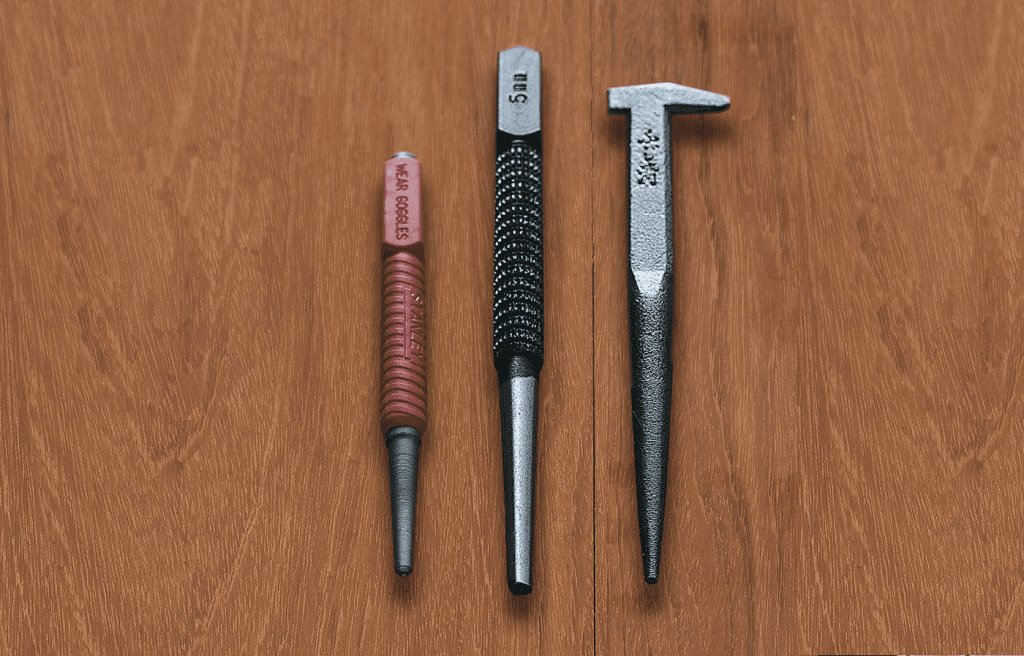In the world of woodworking, few tools have maintained their relevance and usefulness quite like the vintage nail punch. Despite modern advancements, this simple yet effective tool remains a must-have for carpenters and craftsmen seeking clean, professional finishes. Let’s dive into the history, use, and enduring legacy of the vintage nail punch, and why it remains a staple in the woodworker’s kit.
A Brief Historical Background of the Nail Punch

The vintage nail punch has its roots in early carpentry, when precision and craftsmanship were highly valued in wooden structures. Before the advent of mass-produced nails, carpenters needed a tool that could sink nails flush with or beneath the wood’s surface without damaging the surrounding material.
Originally, blacksmiths hand-forged nail punches from sturdy metals, ensuring they could withstand the repetitive force needed to drive nails below the surface. It wasn’t until the 19th-century industrial revolution that the nail punch became widely available, thanks to mass production. This revolution made it possible for both professional tradesmen and hobbyists to access this indispensable tool.
The Core Function: What Does a Nail Punch Do?
At its core, the nail punch is designed to drive nail heads below the surface of the wood, creating a cleaner and more polished finish. After hammering a nail partway into the wood, a few controlled taps on the punch sink the nail further, hiding it beneath the surface. The small hole left behind can then be filled with wood filler, resulting in a smooth, flawless appearance.
For woodworkers working on detailed projects, the vintage nail punch ensures that nails don’t mar the surface, especially when working with softwoods or delicate materials. This precise finishing is what sets quality woodworking apart, making the nail punch an essential tool for both functional and decorative pieces.
Key Uses of the Vintage Nail Punch
The vintage nail punch has several key uses that have made it a beloved tool in woodworking over the years:
1. Driving Nails Below the Surface
One of the main uses of the nail punch is to drive nail heads below the wood’s surface. After placing the nail, you position the punch on the head and give it a few taps with a hammer. This action ensures the nail sits beneath the surface without causing splits or cracks in the wood, especially in delicate or precision projects.
2. Achieving a Flawless Finish
Once the nail is sunken, the small indentation left behind is easy to fill with wood putty. After a quick sanding, the nail is invisible, and the wood appears smooth and uninterrupted. This technique is crucial in furniture making and cabinetry, where the final appearance is paramount.
3. Delicate and Precision Work
When working with softwoods or fragile materials, it’s easy to damage the surface with a hammer. The nail punch allows you to finish driving nails without risking surface damage. This precision makes the tool ideal for fine woodworking, such as trim work or building decorative items.
4. Historical Restorations and Antique Woodworking

For woodworkers involved in restoring historical pieces, a vintage nail punch is not just a tool, but a connection to traditional craftsmanship. Using a vintage punch on an antique project maintains authenticity, as these tools were commonly used in the original construction of many vintage items.
The Legacy of the Vintage Nail Punch
While modern tools and techniques continue to evolve, the vintage nail punch remains a timeless tool, cherished for its reliability and simplicity. The core design of the nail punch has seen very little change over the centuries, a testament to its effectiveness. Whether used by a seasoned carpenter or a DIY hobbyist, its place in woodworking has remained strong.
Moreover, antique versions of the nail punch are highly sought after by collectors and woodworking enthusiasts. These vintage tools, often passed down through generations, symbolize the craftsmanship and precision of a bygone era. The attention to detail that these punches represent speaks to a time when woodworking was more than a trade—it was an art.

Preserving Craftsmanship with Vintage Tools
Today, there is a growing appreciation for tools that carry historical significance. Vintage nail punches, especially those hand-forged by blacksmiths, are valued not only for their functionality but for the craftsmanship that went into creating them. Each punch tells a story of the artisan who made it and the projects it helped complete.
The vintage nail punch represents the skill and patience that defined early woodworking. In a world dominated by power tools and automated machinery, the simple act of using a nail punch connects modern craftsmen with centuries-old traditions.
The Importance of Care for Vintage Tools

To ensure that vintage nail punches continue to serve their purpose, proper care is essential. These tools, especially older models, should be cleaned and occasionally sharpened to maintain their precision. Rust protection and safe storage are key to preserving their longevity.
Woodworkers who use or collect vintage tools know that taking care of these items extends their life and allows future generations to enjoy them. A well-maintained vintage nail punch can last decades, serving as both a functional tool and a cherished heirloom.
Conclusion: The Enduring Relevance of the Vintage Nail Punch
Despite the many innovations in woodworking, the vintage nail punch remains as relevant today as it was centuries ago. Its simplicity, precision, and effectiveness make it a trusted tool for achieving professional, clean finishes. Whether in use or on display as a piece of woodworking history, the vintage nail punch holds a special place in the world of carpentry. It continues to symbolize the timeless value of craftsmanship, reminding us that sometimes, the oldest tools are still the best.


